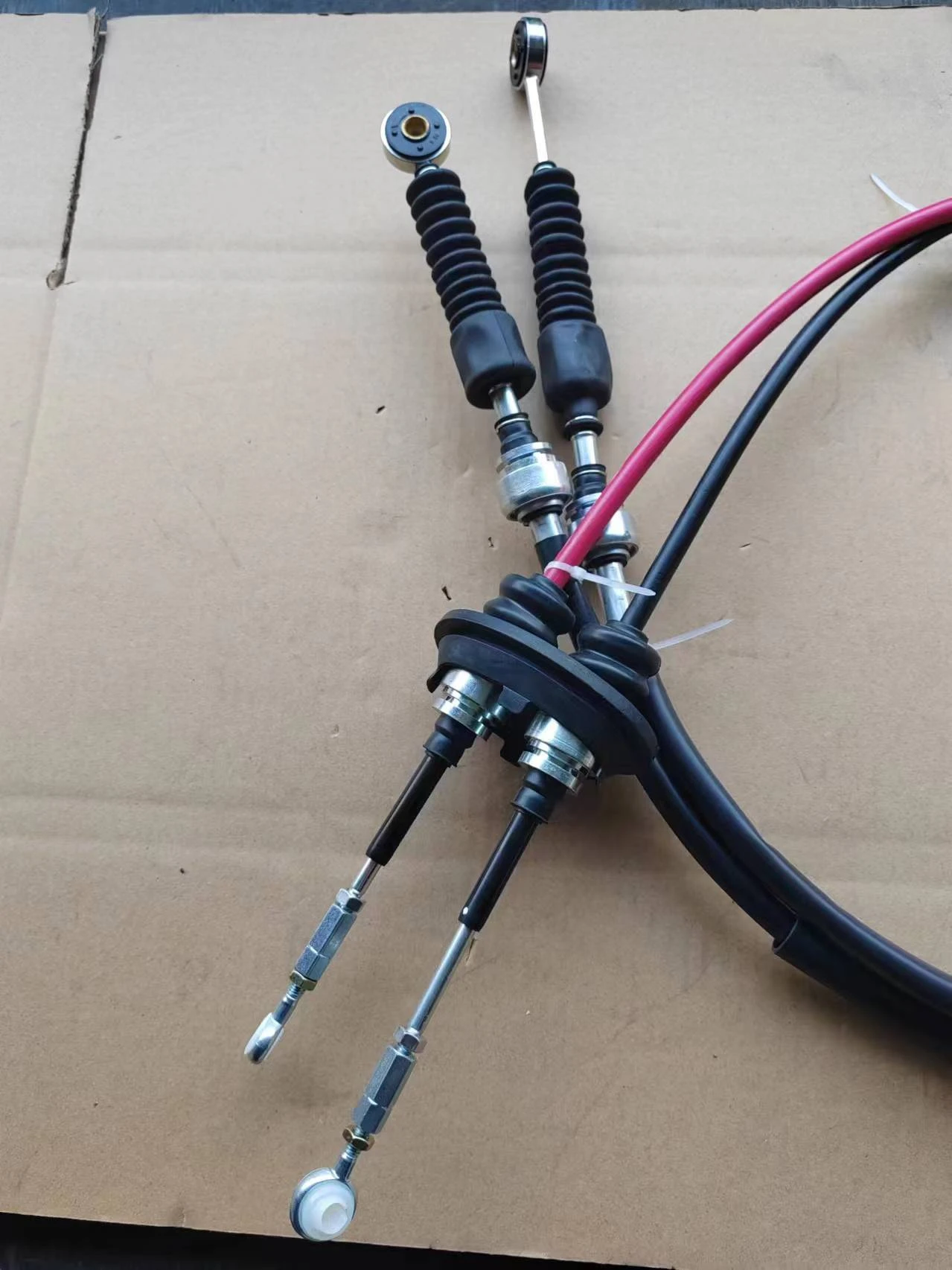throttle and clutch
Understanding Throttle and Clutch The Mechanics of Control
In the realm of driving, two fundamental components greatly influence the performance and responsiveness of a vehicle the throttle and the clutch. Understanding how these two elements function, interact, and impact the driving experience is essential for both novice and experienced drivers. This article delves into the intricacies of throttle and clutch, exploring their roles and the balance between them in manual transmission vehicles.
The Throttle Power Regulation
The throttle, often referred to as the accelerator, controls the amount of air and fuel fed into the engine. In simple terms, pressing the throttle pedal opens the throttle valve, allowing more air into the engine while simultaneously increasing fuel injection. This action results in greater power output and acceleration.
Modern vehicles typically have electronic throttle control (ETC), which replaces the mechanical linkages of traditional systems. This advancement improves response time, enhances fuel efficiency, and allows for more precise control of the engine. The throttle position is crucial for determining a vehicle's speed, and drivers must manage it carefully to achieve smooth acceleration and avoid abrupt changes in speed that can lead to loss of control.
The Clutch Power Transfer
The clutch, on the other hand, is a mechanical device that disconnects and reconnects the engine's power to the drivetrain. In manual transmission vehicles, the clutch is operated by the driver through a pedal located to the left of the brake. When the clutch pedal is pressed down, it disengages the engine from the wheels, allowing the driver to shift gears without grinding the gears and damaging the transmission.
throttle and clutch

Engaging the clutch too quickly can result in stalling or jerky movements, especially when starting from a stop. Conversely, holding the clutch in for too long can lead to premature wear. Thus, a driver must master the art of clutch control to ensure smooth gear changes and maintain vehicle momentum.
The Balance Between Throttle and Clutch
The relationship between the throttle and the clutch is critical in managing a vehicle’s performance. When starting from a standstill, a driver must delicately balance the two; applying too much throttle while the clutch is still engaged can cause the engine to race, producing an unwieldy departure. On the other hand, if the clutch is released too quickly without sufficient throttle input, the engine may stall.
During everyday driving, especially in situations requiring frequent gear changes—such as in city traffic or during hill starts—skilled synchronization between the throttle and the clutch becomes paramount. The driver must learn to modulate the throttle to maintain RPM levels that ensure a smooth transition when engaging the next gear.
The Learning Process
For many new drivers, mastering the throttle and clutch combination can be challenging. It requires practice, patience, and an understanding of the vehicle's specific dynamics. Techniques such as rev-matching or heel-toe downshifting are advanced methods that experienced drivers often employ to ensure maximum control and efficiency during gear changes.
In conclusion, the throttle and clutch are integral components of a manual transmission vehicle that together control speed and power delivery. Understanding how to balance these elements is essential for safe and efficient driving. With practice, drivers can develop a seamless interaction between the throttle and clutch, leading to a smoother and more enjoyable driving experience. As with any skill, the journey to mastery may be demanding, but the rewards of driving fluidly and confidently on the road are invaluable.
-
Upgrade Your Vehicle with High-Quality Handbrake CablesNewsNov.01,2024
-
Optimize Your Bike's Performance with Quality CablesNewsNov.01,2024
-
Enhance Your Vehicle's Performance with Quality Clutch ComponentsNewsNov.01,2024
-
Elevate Your Vehicle's Performance with Quality Throttle CablesNewsNov.01,2024
-
Elevate Your Vehicle's Performance with Quality CablesNewsNov.01,2024
-
Affordable Solutions for Your Cable NeedsNewsNov.01,2024
